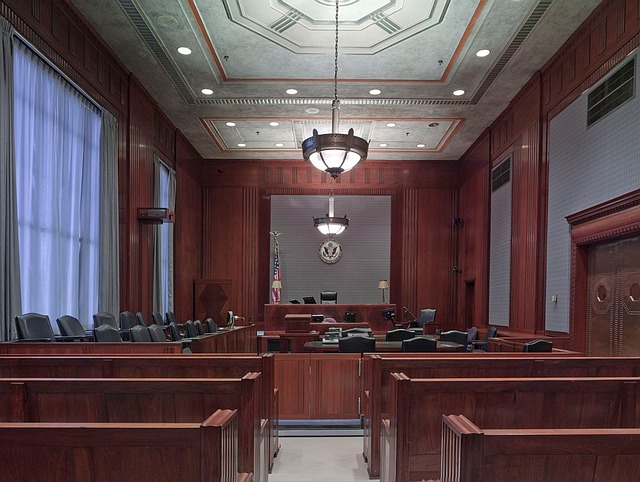In Lane County, Oregon, during Prohibition, a thriving underground culture of speakeasies and bootleggers defied national dry laws. These hidden bars, often disguised as regular businesses, became community hubs for residents determined to preserve their right to drink. The era was marked by creative distilling, daring escapes from law enforcement, and the influence of the Temperance Movement, leaving a lasting impact on the county's history and cultural identity.
“Uncover a hidden chapter of Lane County’s past as we explore its unique role during America’s Prohibition era. This article delves into the vibrant and clandestine world of Oregon’s speakeasies, revealing how Lane County became a hub for bootlegging activities. We examine the strategies employed by both law enforcement and those defying the prohibition laws, offering insights into the complex social fabric of the time. Additionally, we trace the origins and lasting effects of the Temperance Movement in Lane County, providing a comprehensive historical research journey through this fascinating period.”
- Unveiling Lane County's Speakeasies: A Glimpse into Oregon's Prohibition Past
- The Enforcements and Evasions: Understanding Lane County's Bootlegging Culture
- The Temperance Movement in Lane County: Origins, Impact, and Legacies
Unveiling Lane County's Speakeasies: A Glimpse into Oregon's Prohibition Past

In the heart of Lane County, Oregon, during the Prohibition era, a clandestine world of speakeasies flourished, offering a glimpse into a time when the temperance movement held strong. These hidden bars, carefully concealed from law enforcement, became focal points for those seeking a taste of the forbidden—a place to gather, socialize, and enjoy spirits in defiance of the state’s dry laws. Lane County, with its vibrant history, is home to many stories of bootlegging, creative distilling, and daring escapes from persistent Prohibition agents.
The speakeasies of old Lane County were not just places for indulgence but also served as community hubs, fostering connections among locals determined to preserve their right to imbibing. The very nature of these establishments—secretive and under the radar—has made them fascinating subjects of historical research, inviting us to uncover the social dynamics, political tensions, and cultural resilience that defined Oregon’s Prohibition history.
The Enforcements and Evasions: Understanding Lane County's Bootlegging Culture

During the Prohibition era in Lane County, Oregon, a unique cultural phenomenon emerged—bootlegging. This underground economy was driven by the demand for alcoholic beverages, despite the national ban. Locals and entrepreneurs alike found ingenious ways to satisfy this thirst, leading to a bustling network of speakeasies hidden within the county’s landscapes. These clandestine establishments, often disguised as regular businesses or homes, offered a respite from the dry laws, attracting those seeking both libations and a taste of rebellion.
The temperance movement had a significant impact on shaping public opinion, but it also fueled a determined resistance. Lane County’s residents demonstrated a remarkable ability to evade and outsmart the prohibition law enforcement efforts. From clever stashes and hidden distilleries to daring runs across state lines, the bootleggers’ creativity and resilience mirrored the spirit of an era defined by rebellion and secrecy. This culture left an indelible mark on the county’s history, reflecting the complexities and contradictions of a time when social norms clashed with personal desires.
The Temperance Movement in Lane County: Origins, Impact, and Legacies

The Temperance Movement in Lane County Oregon emerged as a powerful force in the early 20th century, shaping the region’s history during the prohibition era. Its roots lie in the growing concern over the social and moral impact of alcohol, leading to a grassroots effort to limit its consumption. Local churches, women’s groups, and community leaders played pivotal roles in this movement, organizing rallies, petitions, and educational campaigns to promote teetotalism—the complete abstinence from alcohol. This period saw an intense debate, with vocal supporters arguing for the benefits of a sober society while opponents, often tied to the liquor industry, fought against what they perceived as government overreach.
The movement’s impact was profound. Lane County experienced significant changes in social norms and local politics. As prohibition laws took effect, speakeasies popped up in clandestine locations across the county, reflecting the demand for illegal alcohol. This underbelly of society sparked a heightened focus on law enforcement, with dedicated officers targeting bootleggers and trying to suppress the flourishing underground economy. The legacies of this era continue to resonate; it left an indelible mark on Lane County’s cultural landscape, shaping its identity even after the prohibition laws were repealed.
